Breadcrumb
Navigation Menu
KORSI sisältö englanti
Corruption monitoring indicators in Finland (KORSI)
The project aims to identify and develop quantitative and qualitative indicators of corruption suited to Finland as a basis for regular monitoring.
Corruption risk areas in Finland include, in particular, public procurement, the political operating environment as well as construction and urban planning. Corruption occurs at different levels of government, and in the interface between the private and public sector.
Monitoring data is needed on many forms of corruption that are hard to identify. The project will develop indicators to describe various forms of unethical decision-making and influencing. Attention will also be focused on competitive bidding, funding of political activities and corruption related to sport.
The project will identify monitoring methods and indicators by means of the relevant literature, surveys and statistics. Media monitoring, expert surveys, workshops and themed interviews will be of assistance in selecting, piloting and assessing the indicators.
Timescale: June 2019 – October 2020
Partners: The European Institute for Crime Prevention and Control, affiliated with the United Nations HEUNI, Ari Salminen (professor emeritus). The Police University College is coordinating the project.
Funding: Government’s analysis, assessment and research activities VN TEAS: Theme 4. National and global security, 4.1 Corruption indicators and data collection suited to the Finnish country context. The total budget of the project is EUR 150,000, with the Police University College accounting for approximately EUR 130,000.
Contact persons at the Police University College: Director of Research Vesa Muttilainen (Project Manager) and Senior Researcher Terhi Kankaanranta (Administrative Project Manager). Email addresses: [email protected].
KORSI linkkilista oikea palsta englanti
Read more
The reports of the Corruption monitoring indicators in Finland (KORSI) project can be read in the Government publication series (reports 2 and 3 have abstracts in English).
